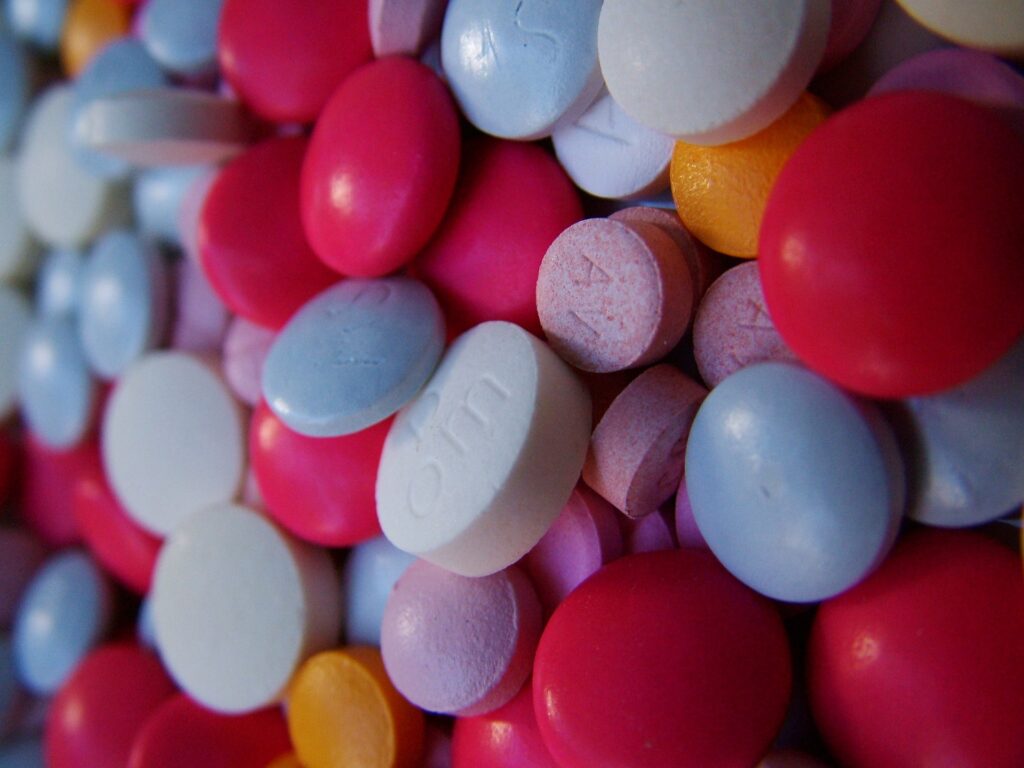How AI can help in drug repurposing
The cure for rare diseases may exist in the drugs that have already been developed.

What is drug repurposing?
Drug repositioning or repurposing is a promising field in drug discovery that is intended to find novel uses for an existing drug that is made by another innovator. This approach is getting popular in the area of rare and neglected diseases. It is a new way of approaching drug compounds and targets that have been rejected during the development stages. Drug repositioning has helped to reduce failures in drug discovery and has been associated with therapeutic breakthroughs. One of the examples is Thalidomide which was used in the 1960s and provided harmful effects, but in 1998 researchers found a different purpose for it.
The process of discovering and developing a drug can take over a decade and costs US$2.8 billion on average. A drug repurposing strategy has the potential to reduce the cost and time of new drug development, because there aren’t as many clinical trial steps required for an already-trialled drug, and existing producers will have established distribution chains. It will also lower the risk associated with the safety testing of new medications.
The power of serendipity
Did you know that Viagra wasn’t supposed to be used as it is nowadays? Despite the drug’s popularity today, the researchers who discovered it weren’t even looking for it. The medicine was originally developed by Pfizer scientists Peter Dunn and Albert Wood in 1989. Sildenafil, which is the active ingredient, was supposed to cure hypertension (high blood pressure) and angina pectoris (chest pain due to heart disease).
After successful animal testing, the human trials started in early 1990s. What came as a surprise to the inventors was that the drug was working— the blood vessels dilating- but in the wrong part of the body. And that’s how in 1998 Viagra was patented and approved for use in erectile dysfunction. Later in 2005, the same active ingredient was approved to treat pulmonary arterial hypertension sold under the name Revatio.
While drug discovery involves a lot of research and development, it also involves serendipity and spotting unusual side effects.
How AI can help
Artificial intelligence and real-world data (RWD), such as electronic health records, are increasingly used in drug development. Many pharmaceutical companies have begun to invest in it. AI drug repurposing can be cheaper, faster, and more effective. AI enhanced tools can extract disease knowledge from a variety of papers, patents and other documents and predict which drugs and combination therapies are most likely to succeed in the clinic. Artificial intelligence can be used to ‘test’ a drug on a patient and speed up hypothesis generation and potentially speed up a clinical trial.
Researchers at Ohio State University created an AI model to identify drugs that could lower the risk for heart failure and stroke in patients with coronary artery disease. As a result the machine found nine drugs that are likely to work. Three of them were currently in use and the other six were found for drug repurposing.
AI can search for drug candidates beyond human capability.
Iris.ai’s contribution to the field of drug repurposing
At Iris.ai, we recognize this important challenge too, and together with a Californian university and with support from the Canadian government, we work on a project to bring safer abortion options to women across the world. The focus is especially on developing countries where the two only drugs on the market are not available nor affordable. We are cooperating with experts from fields ranging from endocrinologists to medical doctors and herbal practitioners.
The goal of the project is to use the Iris.ai system to create a pipeline for repurposing existing knowledge and identify potential new medical approaches to abortion – to allow safer and better procedures than what these women are already undertaking. The research will start from an exploratory bird’s eye view, scanning all of the world’s knowledge, as opposed to starting at the molecular level. The research will be applied to a variety of sources including scientific articles, herbal and Chinese medicine resources and patents. The goal is to not only explore potential approaches but to extract the relevant data known about them and build a comprehensive database of the results. The project is well on the way, with the first iteration being available for the Scientific Advisory board of the project later in the fall of 2021.
Key takeaways
Drug repurposing is a great approach to find treatments for rare diseases among already existing drugs. It is cheaper and time-saving and it can also lower the risk in the safety testing of new medications. We have a history of finding new use for the drugs by surprise – for example Viagra. Drug discovery is based on research and development, but it also involves serendipity. Artificial intelligence tools can help with drug repurposing by analysing and extracting real world data – reducing the need for serendipity and radically increasing the odds of success.